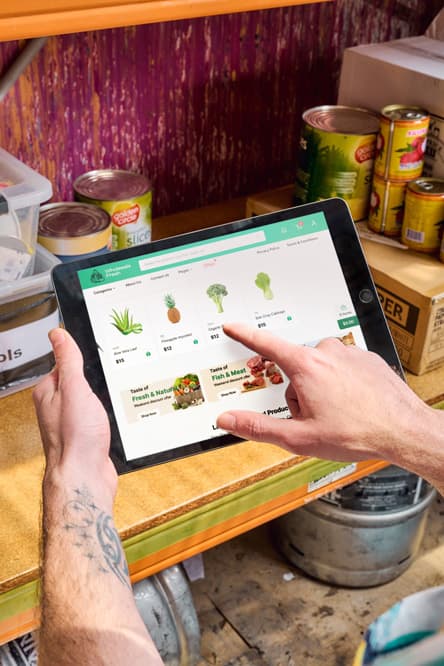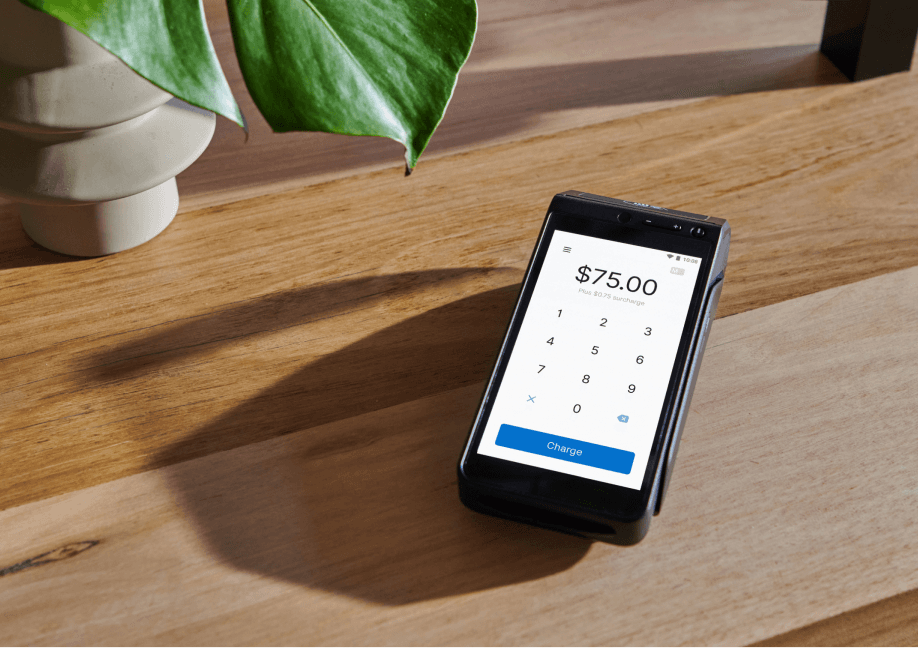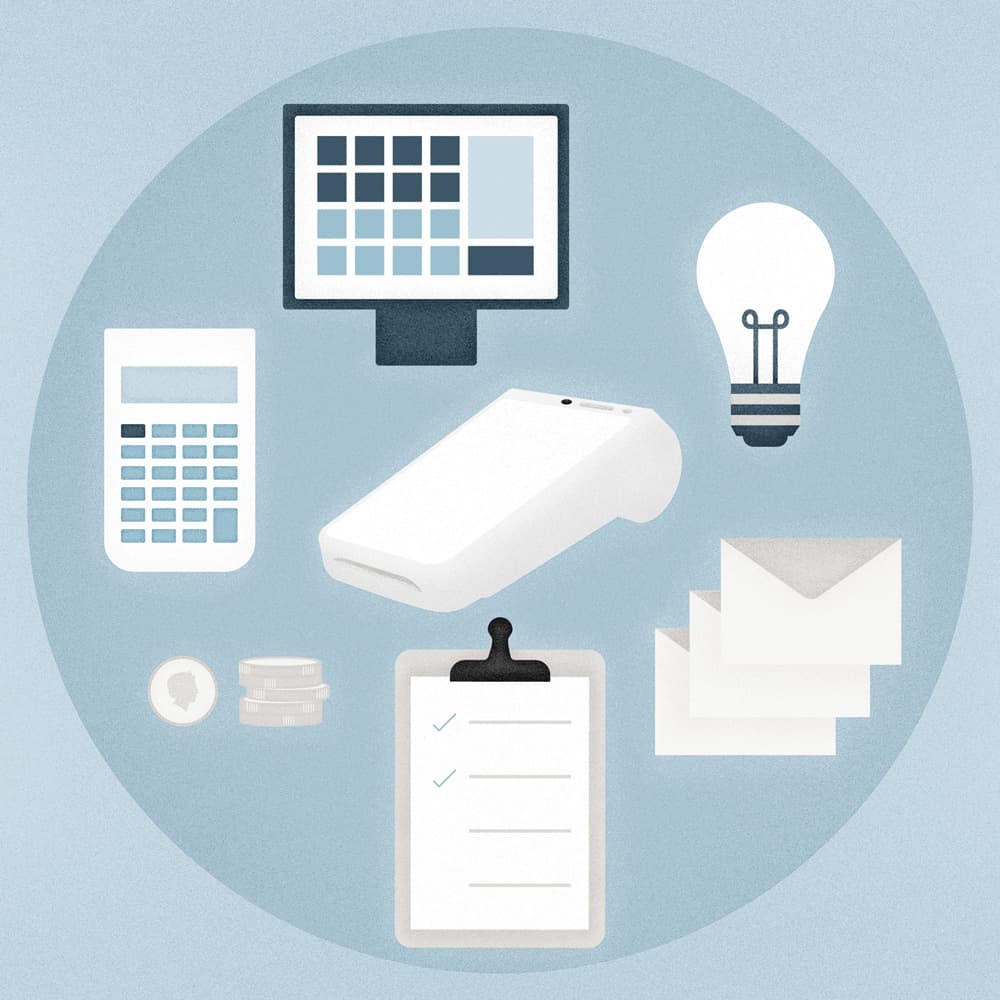
- Business Growth & Optimisation
8 Small Business Money Management Tips
Here are a few simple steps to streamline the way you track your daily business expenses.
Many merchants struggle to keep finances in order. Small business owners tend to wear multiple hats — from operations to HR, marketing and finance. There’s a lot to take care of, and it’s easy to understand why financial admin can slip to the bottom of the pile.
Yet there are lots of good reasons why you should be tracking your business expenses. Aside from reducing the cognitive overload come tax time, keeping on top of your expenditure can you better manage cash flow and make informed, profit-building decisions for your business.
Read on to discover some small steps you take as part of your day-to-day routine to keep on top of your business expenses.
1. Store your receipts properly
Maximise your deductions at tax time by being diligent with retaining and documenting your receipts — your accountant will thank you.
Keep your paper receipts in order by recording them in your accounting software, and then storing them systematically in the event of an audit. If you have a lot of paper receipts, consider converting them into digital formats (either by taking a photo or scanning them) to save on storage space, and prevent your receipts from fading or deteriorating over time.
Alternatively, ask vendors to send you digital receipts via email or SMS — which is a money saver for them, and a space saver for you. Store your digital receipts securely, so that you can retrieve them as required. Just make sure that your system is backed up to avoid any heart-dropping mishaps.
Most accounting software has the ability to attach the electronic receipt to the entry in your ledger, which makes it easy to search and retrieve the receipt as required. Zeller Dashboard tracks expenses in real time, and has a handy search function so that you can find specific transactions when you need them.
2. Open a separate business account
Maintain a clear line between your personal spending and your business expenses by opening a separate business banking account — it’s one of the easiest ways to keep an eye on your spending.
There are many good reasons why having a separate account is good for your business; it saves time, makes reconciling your expenses simpler, and it gives you greater visibility of what’s happening with your finances. It also means that you don’t have to explain your personal spending decisions to your accountant — or anyone else — come tax time.
3. Let accounting software do the heavy lifting
Modern accounting software is more than a spreadsheet, it’s a complete system designed to keep you on track financially and save time. As such, there are many tasks that can be automated to reduce the amount of time you spend on bookkeeping.
Most cloud accounting systems have the ability to connect directly with your bank feed, which updates your financial transactions in real time, and makes reconciling expenses a lot easier. Set aside a regular time each month, or more often if you have a lot of transactions, to go through your records and reconcile your expenses. If you use an expense tracking app throughout the day, your accounting software will intuitively match your bank records to the entry, and you’ll have minimal work to do.
If you need help deciding which accounting software will meet your accounting requirements, read How to Choose The Right Accounting Software For Your Business.
4. Review your suppliers annually
Brush up on your negotiation skills and you could save a few dollars. While some expenses may appear to be set in stone, in reality, there is usually room to negotiate to get a better deal for your business. Utility companies update their plans and pricing on a regular basis, so make it a priority to contact them every year to see if you’re on the best plan for your needs. Also consider bundling services, like your work phone and internet, to get a better deal and save.
Loyalty can go a long way when it comes to negotiating with suppliers. If you’ve been trading with someone for a long time, keep an open dialogue with them about your needs. Most small business owners are prepared to be flexible in order to keep a loyal customer. And remember, not all negotiations have to be about money. You might not be able to barter on the price point, but you might be able to secure faster delivery at no extra cost — which may not save you money, but will save you time.
When it comes to automatic contract renewals, make a diary note to review your contract two to three months before the renewal is due. This will give you time to advise your supplier if you find a better deal, and choose not to renew. Another approach is to negotiate the terms at the beginning of the contract. If a contract calls for automatic renewal, ask your vendor for an amendment to the terms giving you the option, not the obligation, to renew your contract within a window of time.
5. Wherever possible, fix expenses
Expenses fall into one of two categories: fixed or variable. Fixed costs remain the same, irrespective of your volume of business. This may include things like rent, plant or machinery purchases, business registrations and insurance. The benefit of fixed costs is that they can be anticipated, and the expense accounted for.
In contrast, variable costs can change depending on business needs, and may include labour, raw materials and utilities. While variable costs offer flexibility, they can also put your business at risk of overspending if not managed appropriately.
Purchasing equipment or machinery outright is one way to fix your costs. Leasing tools can make it easier to get up and running, but will likely cost you more in the long run. By investing in your own equipment, you can reduce ongoing payments, which is good for your business cash flow.
6. Reduce your reliance on invoices
For some industries, preparing and sending invoices, and giving clients payment terms, is regular practice. However, relying on invoices can mean a delay in getting your money.
Reduce your risk, and the administrative burden of chasing up unpaid invoices, by transitioning to upfront payments, or collecting payments on job completion with a portabl. This will reduce the number of defaulted or delayed payments from clients, and get that money in your account a lot faster so you can focus on growing your business.
7. Keep your income and expenses up to date
Regularly reconciling your expenses is one of the best ways to stay abreast of the financial health of your business. Knowing your numbers, whatever they may be, is critical for running a successful business.
Achieving this also means knowing exactly what and how you’re being charged for each business service, including for the provision of EFTPOS services by your payment provider. Seek out a provider who is open and transparent about costs, with no hidden conditions or fees. Better yet, look for a fixed transaction rate, and no account-keeping fees or ongoing equipment rental.
At Zeller, we provide full transparency for our customers, with flat rate transaction fees and no ongoing costs. Our full-featured dashboard also allows you to check your numbers at any time, giving you 360 degree visibility of what’s going on with your business — from real-time transactions, profit comparisons, a summary of tax obligations and any refunds transactions that may require your attention.
8. Get professional help
Investing in the services of a professional accountant can help maximise your savings and minimise your tax liabilities, yet the true value of an accountant comes from bigger picture thinking. A good accountant can also help you grow your business, by providing guiding advice on when to scale up and how. And while your accountant handles the financial details, you can focus on the building your brand and your customer base.
An accountant should be a trusted partner in your business, so it pays to shop around to find the right person for your circumstances and ambitions. Finding a reputable practitioner is important, so ask around for recommendations of capable candidates from others in your industry.
Other questions to consider are:
What services do you need? Is this their area of expertise?
What accounting software do they work with?
What costs do you need to consider?
Finding the right accountant is like finding the perfect pair of shoes. Once you’ve found the right fit, you’ll feel fully supported and ready to take your business to new levels.
Keeping on top of the financial health of your business is one of the best things you can do to nurture a profitable and sustainable business. Managing your expenses may not be the most thrilling job in the house, however it can be one of the most rewarding. Appropriately managing business expenses will also have one of the biggest impacts on your bottom line, so it pays to embrace it with good practices and an optimistic outlook.

Take control of your payments
Zeller is an all-in-one solution to help you get paid, and put your takings to work, faster.



